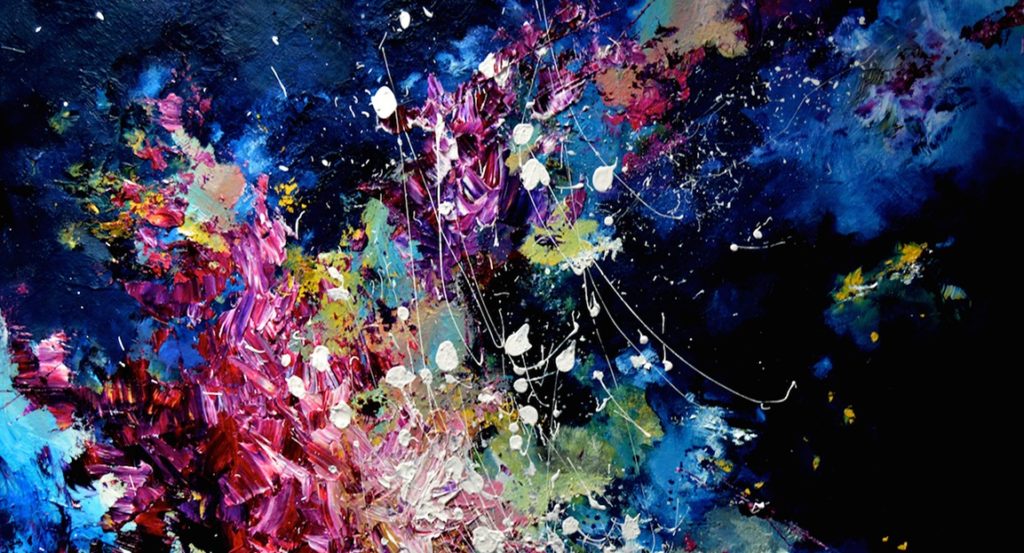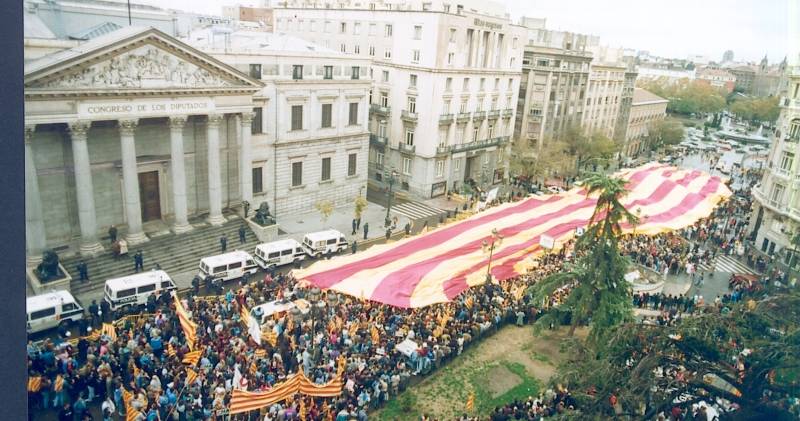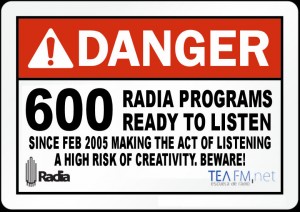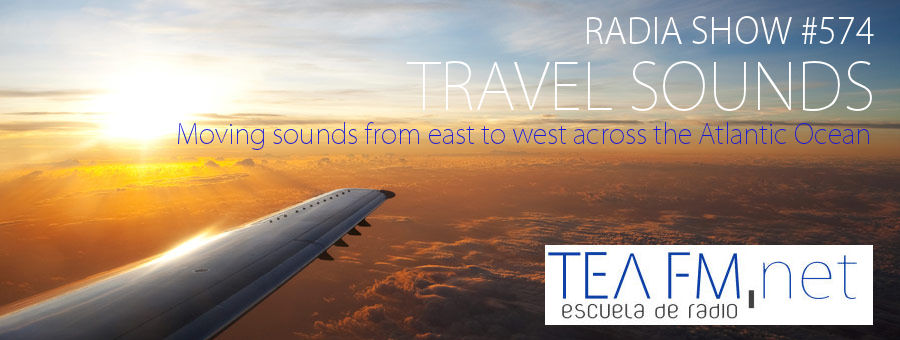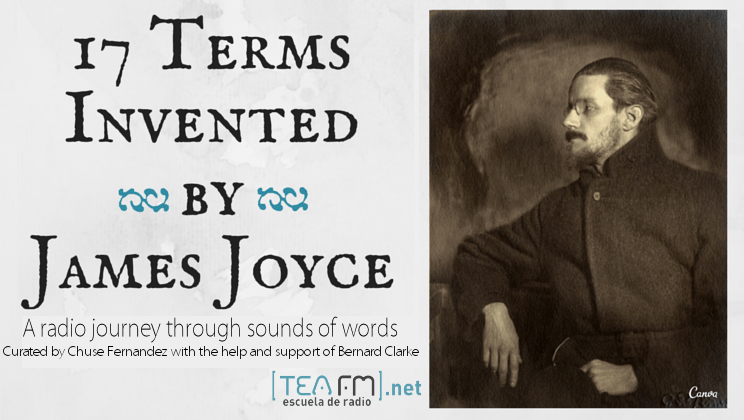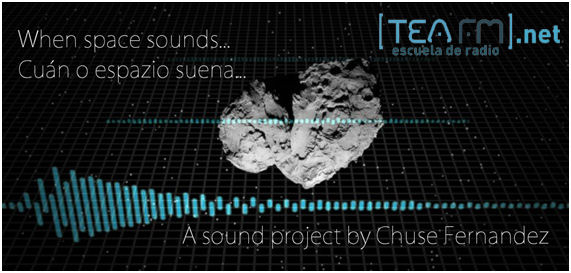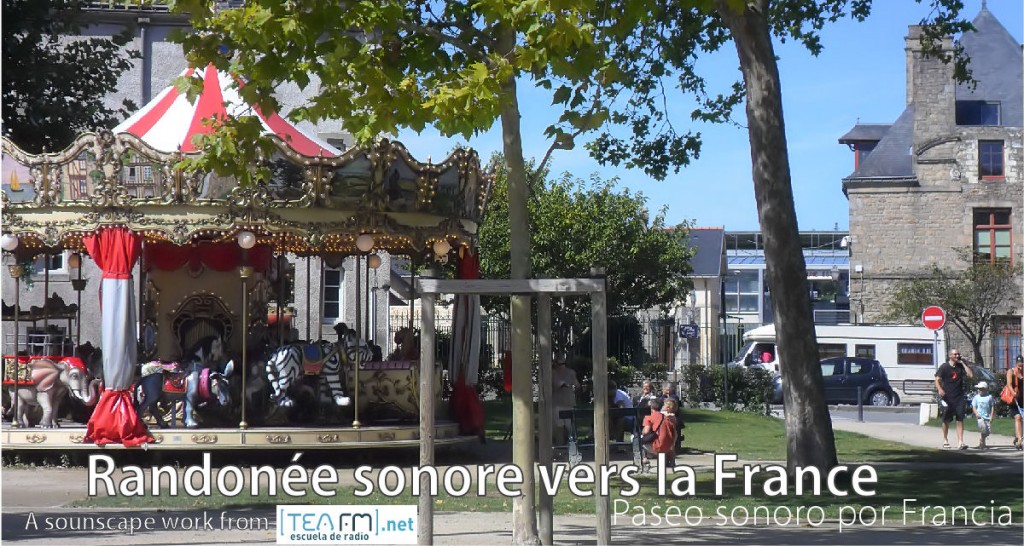A brief resume from 10 years of radio creation and experimentation workshop, trying to make posible another kind of radio broadcasts.
Three words are our rules:
Imagination ( noun) imag·i·na·tion | \i-ˌma-jə-ˈnā-shən \
1: the act or power of forming a mental image of something not present to the senses or never before wholly perceived in reality
2a: creative ability
b: ability to confront and deal with a problem : RESOURCEFULNESS
use your imagination and get us out of here
c: the thinking or active mind : INTERESTstories that fired the imagination
3a: a creation of the mindespecially : an idealized or poetic creation
b: fanciful or empty assumptio
Creativity (noun) cre·a·tiv·i·ty | \ˌkrē-(ˌ)ā-ˈti-və-tē, ˌkrē-ə-\
Definition of creativity
1 : the ability to create
her artistic creativity
2 : the quality of being creative
Risk (noun) \ˈrisk \
Definition of risk (Entry 1 of 2)
1 : possibility of loss or injury : PERIL
2 : someone or something that creates or suggests a hazard
3a : the chance of loss or the perils to the subject matter of an insurance contract
also : the degree of probability of such loss
b : a person or thing that is a specified hazard to an insurer
c : an insurance hazard from a specified cause or source
war risk
4 : the chance that an investment (such as a stock or commodity) will lose value
at risk
: in a state or condition marked by a high level of risk or susceptibility
patients at risk of infection
Risk (verb) risked; risking; risks
Definition of risk (Entry 2 of 2)
transitive verb
1 : to expose to hazard or danger
risked her life
2 : to incur the risk or danger of
risked breaking his neck
With the talent and voices of Santi Ric, Máximo Pinilla, Luis Trébol, Miguel Angel Lordán, and all the students from TCR TEA FM


